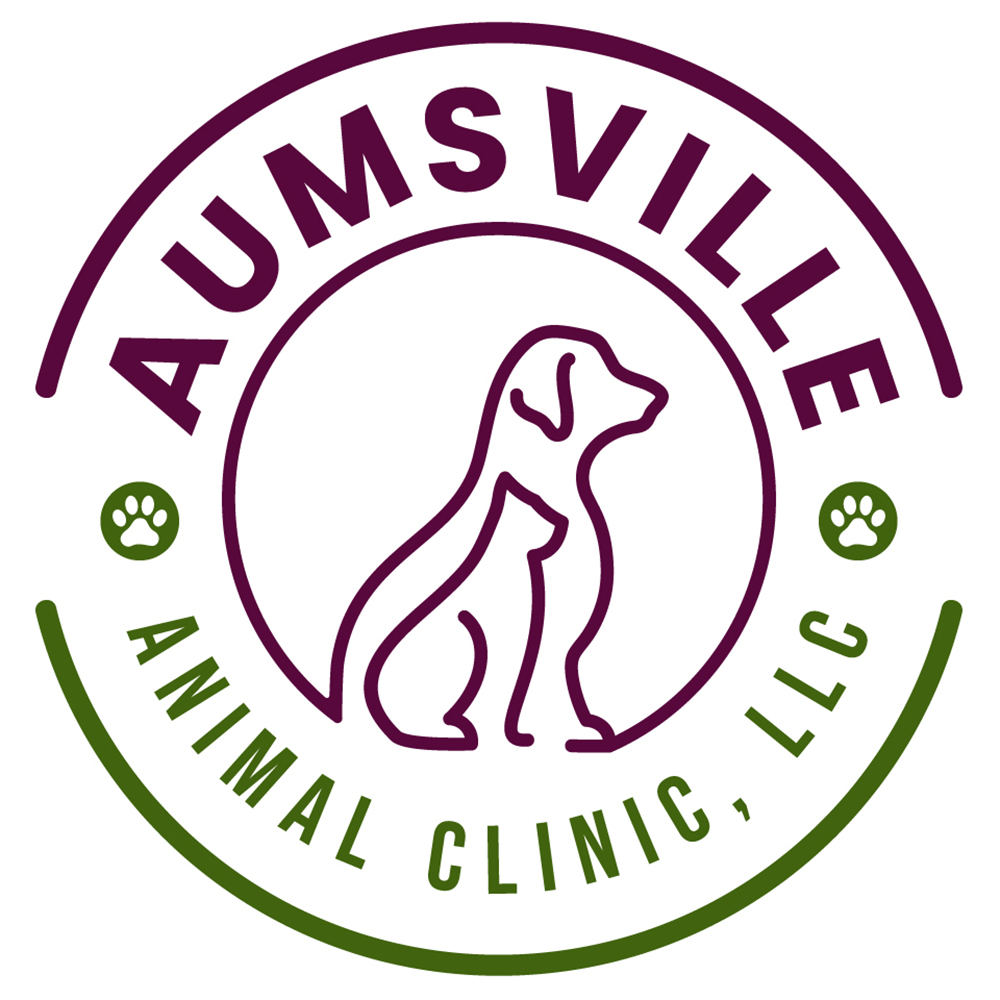Canine Atopic Dermatitis
Common skin condition in dogs, causing itching and discomfort. Veterinary care and management improve your pet’s comfort.
Canine Atopic Dermatitis (Atopy)
Environmental allergies, or atopy, are very common; just like allergies in people, pets can react to allergens in the air, such as grasses, weeds, pollens, molds, dust mites, etc. Atopy in pets is not curable and must be managed, often with multiple therapies.
Common symptoms of atopic dermatitis include:
- Chewing, licking, and scratching (especially on the feet, face, armpit, and groin areas)
- Chronic ear infections
- Dark, thickened skin
- Chronic bacterial or yeast skin infections
- Hair loss
Our goals for these dogs are:
- Minimize their discomfort
- Prevent flare-ups
- Prevent secondary skin infections like bacterial, mite, or yeast infections
There are various ways we can help allergic dogs. The first step is a complete physical exam by your veterinarian to diagnose atopy and determine the root cause. This frequently requires diagnostic testing such as bloodwork, skin scraping, cytology, and/or cultures.
Once we have diagnosed your dog with atopic dermatitis, they may need frequent rechecks to ensure the therapies we are using are working, and we are making steady progress. Remember, one visit to the vet will not fix your dog. If things are not going well, let us know so we can alter therapy or recheck for the return of skin infection or other flare-ups. Sometimes, we refer you to a dermatologist for additional diagnostics and therapeutics.
Therapies we may recommend:
- Topical therapy: The most important way for us to help dogs with atopic dermatitis is to use topical therapies. These remove the allergens from the skin, moisturize and make it healthier, and help protect against or treat skin infections. Topicals come in shampoos, mousse formulations, wipes, or sprays. The topical we recommend will depend on the location we want to treat and ease of use.
- Itch relief: Itchy skin can seriously impact your dog’s comfort and quality of life. Excessive scratching and chewing can result in dogs traumatizing their skin even more. Topical medications can help with itch relief, but we may recommend other therapeutics to go along with them. Our goal with these medications is to use them as sparingly as possible but as much as is needed for comfort.
- Allergy testing: In some cases, we may recommend allergy testing for your dog, which will identify allergens that are causing an immune response. From these results, the pet owner gives customized shots or an oral solution at routine intervals. The intention is to expose and desensitize your dog to allergens that they react to. Over 6-12 months, this will hopefully reduce their symptoms and increase overall comfort. This therapy requires a long-term financial commitment and compliance from the pet owner to be effective.
- Supplements: There are many supplements on the market intended to help the skin, but omega fatty acids are some products proven to improve skin health and function. We recommend fish oil (algae oil for a more environmentally friendly option) at about 500-1000mg per 25lb. We also have a topical omega fatty acid supplement to avoid another oral product.
